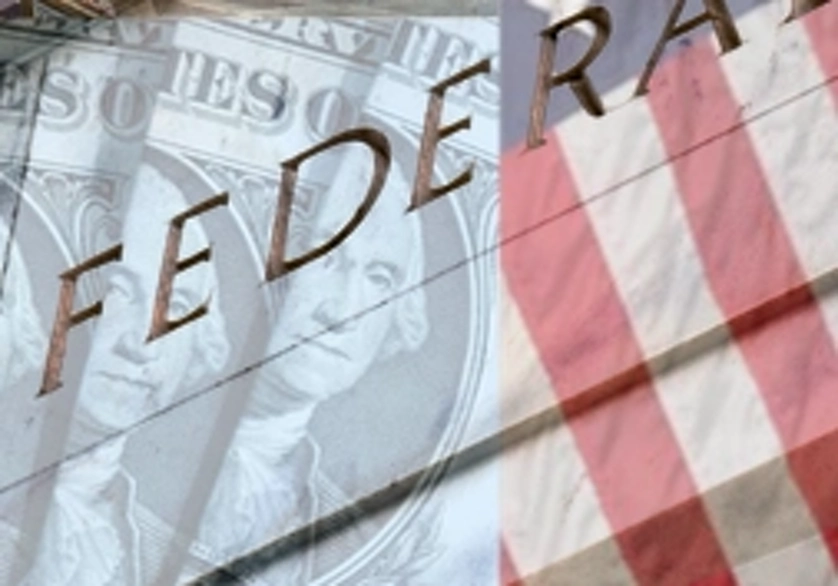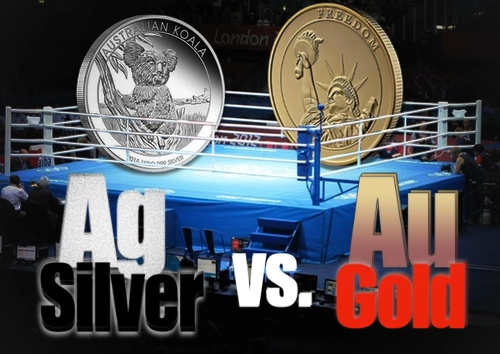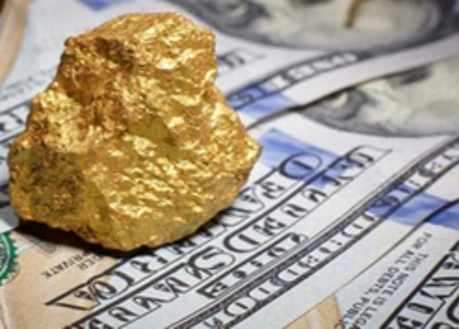How Does the U.S. Dollar’s Value Impact Prices?
The U.S. Dollar, as the primary global currency, serves as the base currency for purchasing precious metals such as Gold and Silver. The historical data from the past century allows us to understand how the U.S. Dollar’s value influences the prices of precious metals.
Precious Metal Prices
In the world market, the prices of precious metals are denominated in US Dollars. These prices, known as spot prices, constantly fluctuate during global market hours. Staying updated on performance indicators is crucial as they significantly affect the buying and selling precious metals.
Several factors contribute to the spot prices of gold and other precious metals, including economic conditions, currency exchange rates, speculation, and supply and demand.
The availability of precious metals also impacts their prices. When a particular precious metal is in high demand, its price increases.

You can access financial news networks or online platforms like Safe Haven Metal’s Live Spot Charts to stay informed about spot prices. Including how spot price is calculated.
Value of the US Dollar
We determine the Dollar’s value by analyzing factors such as American debt levels, interest rates, global economic market strength, unemployment rates, consumer confidence, inflation rates, and recent oil prices. We measure Gold, Platinum, and Silver in US Dollars as they are dollar-denominational assets in global markets.
The US Dollar became the global standard for precious metals prices due to the strong and stable economy of the United States.
When the value of the US Dollar strengthens, commodities worldwide become more expensive in other currencies, negatively impacting demand. Conversely, when the US Dollar weakens, commodities prices in other currencies decrease, leading to increased demand.
The US Dollar and Precious Metals
Investors are less inclined to buy dollar-denominated Precious Metals when dollar values are high because the purchaser gets less for their money. When the Fed hikes interest rates, it negatively impacts Precious Metals because higher interest rates increase the demand for dollar assets and make the dollar stronger. This model is especially true for anyone using non-American currency since exchange rates against a strong dollar will be low. Exceptions include times when the US economy is strong, and manufacturing demands for Precious Metals are also rising.
![[…] Safe Haven Metal image of the obverse of Britannia gold coin depicts the female as the protector carrying a shield](https://safehavenmetal.com/wp-content/uploads/2023/04/Britania-gold-coin.webp)
The extensive use of the US Dollar in international transactions results, unsurprisingly, in close ties with the spot prices of gold and silver. During economic crises, investors often turn to precious metals as a safe haven and a hedge against inflation.
Since the early 1970s, when the U.S. moved away from the Gold Standard, a relative inverse relationship has been observed between precious metals and the US Dollar in their financial patterns.
The Relationship Over Times
Generally, when the U.S. Dollar’s value strengthens, the spot prices of gold and silver tend to remain low. Conversely, precious metal prices tend to rise when the US Dollar weakens.
For instance, during the financial collapse in mid-2008, precious metal prices spiked as the US Dollar weakened. Similarly, precious metal prices fell when the US Dollar strengthened in mid-2014 due to concerns about global economic growth and potential interest rate hikes.
When the US Dollar’s value is high, investors are less inclined to buy dollar-denominated precious metals as they get less value for their money. This is particularly true for those using non-US currencies, as exchange rates against a strong dollar tend to be low. However, there are exceptions when the U.S. economy is robust, and there is increase demand for precious metals in manufacturing sectors.
Further Unraveling the Intricate Dance Between US Dollar Value and the Spot Value of Gold

With the above setting a general overview, now we can move into deeper territory. In the complex world of global economics, few dynamics hold as much sway as the relationship between the US dollar value and the spot value of gold. These two financial juggernauts share a symbiotic dance that has far-reaching implications for markets, investors, and governments worldwide. In this article, we will delve into the intricate connection between the US dollar value and the spot value of gold, exploring how these two elements influence and shape the financial landscape.
Understanding US Dollar Value
The US dollar, often referred to as the world’s primary reserve currency, stands at the epicenter of global trade and finance. The US dollar value signifies the strength or weakness of the American currency relative to other currencies in the foreign exchange market. Several factors contribute to the determination of the dollar’s value, including interest rates, economic indicators, inflation, and geopolitical events.
Central banks and investors closely monitor the dollar’s value as it has a cascading effect on various aspects of the economy. A strong dollar can make imports cheaper but exports more expensive, impacting trade balances. Conversely, a weaker dollar can boost exports but may lead to higher inflation as the cost of imported goods rises.
Gold as a Store of Value
In contrast to fiat currencies like the US dollar, gold has long been a timeless store of value. The spot value of gold refers to its current market price, which fluctuates based on supply and demand dynamics, geopolitical events, and economic uncertainties. Gold’s intrinsic value, scarcity, and historical significance make it a sought-after asset, particularly in times of economic uncertainty. You can read more about how gold’s price is determined in this article.
Investors often turn to gold as a hedge against inflation, currency fluctuations, and geopolitical risks. Central banks, sovereign wealth funds, and individual investors alike allocate a portion of their portfolios to gold to diversify risk and preserve wealth over the long term.
The Inverse Relationship
One of the most notable aspects of the relationship between the US dollar value and the spot value of gold is their often-inverse correlation. When the US dollar strengthens, the price of gold tends to fall, and vice versa. This phenomenon attributes to several interconnected factors.
- **Dollar as a Benchmark:** The US dollar serves as a benchmark currency for international trade and financial transactions. When the dollar strengthens, it makes gold, priced in dollars, more expensive for buyers using other currencies. This tends to suppress demand for gold, leading to a decrease in its spot value.
- **Interest Rates and Opportunity Cost:** Interest rates play a crucial role in shaping the relationship between the US dollar and gold. When interest rates rise, the opportunity cost of holding non-interest-bearing assets like gold increases. Investors may prefer assets that generate interest or dividends, leading to a decrease in demand for gold and, consequently, a lower spot value.
- **Inflation Hedge:** On the other hand, when concerns about inflation rise, investors may flock to gold as a hedge. Inflation erodes the purchasing power of fiat currencies, making gold an attractive option to preserve wealth. During periods of inflationary pressure, the demand for gold tends to increase, causing its spot value to rise even as the US dollar weakens.
The Bottom Line
In conclusion, a higher-value US Dollar tends to keep precious metal prices lower and more controlled, while a weaker dollar is likely to drive the spot prices of gold and silver higher due to increased demand. It is important to note that while the relationship between the U.S. Dollar and precious metal prices is significant, other factors such as interest rates, inflation, monetary policy, geopolitical events, and supply and demand also influence their values.
Despite the current US Dollar value, precious metals, including Gold and Silver, are excellent investment opportunities for protecting against economic events such as currency devaluation or inflation. Additionally, precious metals serve as a safeguard during periods of political instability. Safe Haven Metal advises you to consult a financial advisor or professional for specific portfolio investment strategies.
Read more about the power a Gold IRA offers you.
On the topic of the Fed and the value of the US Dollar, check out a great movie about the 2008 crisis, Too Big To Fail, the documentary is near identical, showing the detail that went into the movie, with brilliant acting.
Conclusion
In the intricate web of global finance, the relationship between the US dollar value and the spot value of gold is a nuanced interplay of economic forces. Investors and policymakers alike closely monitor this dynamic as it provides insights into the health of the global economy and helps shape investment strategies.
As we navigate the uncertainties of the financial world, understanding the factors influencing the US dollar and gold prices becomes paramount. The delicate balance between these two pillars of the financial system underscores the need for a diversified approach to investment, one that takes into account the ever-changing landscape shaped by the dance between the mighty US dollar and the timeless allure of gold.







